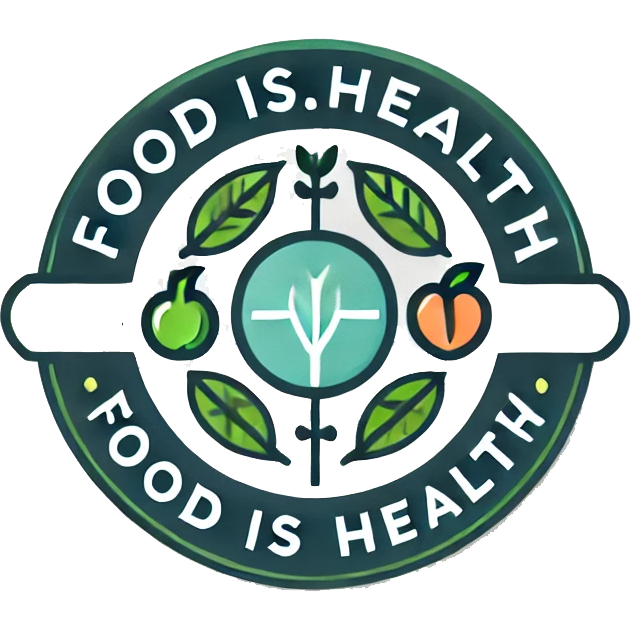If you’ve recently been diagnosed with gluten sensitivity, it might feel a bit overwhelming at first. But don’t worry! Many delicious and nutritious grains are naturally gluten-free, and there are plenty of easy-to-make recipes to help you get started. Let’s explore some gluten-free grains and tasty recipes that will make your transition smooth and enjoyable.

What is Gluten Sensitivity?
Before we dive into the grains, let’s quickly understand what gluten sensitivity is. Gluten is a protein found in wheat, barley, rye, and their derivatives. For people with gluten sensitivity, consuming gluten can lead to uncomfortable symptoms like bloating, abdominal pain, fatigue, and headaches. Unlike celiac disease, gluten sensitivity doesn’t damage the intestines, but it can still cause significant discomfort, making it essential to avoid gluten.
Top Gluten-Free Grains to Include in Your Diet
- Quinoa
- Why it’s great: Quinoa is a complete protein, meaning it contains all nine essential amino acids your body needs. It’s also rich in fiber, iron, and magnesium.
- How to use it: Quinoa is incredibly versatile. You can use it as a base for salads, in soups, or as a side dish. It cooks in about 15 minutes, making it a quick and easy option for busy days.
- Brown Rice
- Why it’s great: Brown rice is a whole grain packed with fiber, vitamins, and minerals. It’s a great substitute for traditional wheat-based products like pasta and bread.
- How to use it: Brown rice can be used in a variety of dishes, from stir-fries to grain bowls. It pairs well with veggies, beans, and lean proteins.
- Buckwheat
- Why it’s great: Despite its name, buckwheat is gluten-free and is rich in antioxidants, fiber, and protein. It’s also a great source of magnesium.
- How to use it: Buckwheat flour is perfect for making gluten-free pancakes, and buckwheat groats can be used in salads or as a cereal.
- Amaranth
- Why it’s great: Amaranth is a tiny, yet mighty, grain. It’s high in protein, calcium, and iron, making it a great addition to a gluten-free diet.
- How to use it: Cooked amaranth can be used as a porridge, or you can pop it like popcorn and use it as a topping for yogurt or salads.
- Millet
- Why it’s great: Millet is another nutrient-dense grain that is easy to digest. It’s rich in magnesium, phosphorus, and B vitamins.
- How to use it: Millet can be cooked like rice or used in baking. It’s also great for making gluten-free porridge or adding texture to soups and stews.
- Teff
- Why it’s great: Teff is an ancient grain that is packed with protein, calcium, and resistant starch, which helps support healthy digestion.
- How to use it: Teff flour is excellent for making gluten-free bread or injera, a traditional Ethiopian flatbread. You can also cook the whole grain as a porridge or add it to soups.
Simple Gluten-Free Recipes to Get You Started
- Quinoa Salad with Veggies
- Ingredients: 1 cup quinoa, 2 cups water, 1 cucumber (diced), 1 bell pepper (diced), 1/4 cup red onion (diced), 1/4 cup feta cheese, 2 tbsp olive oil, juice of 1 lemon, salt, and pepper to taste.
- Instructions:
- Rinse quinoa under cold water and combine it with water in a pot. Bring to a boil, then reduce to a simmer and cook for 15 minutes.
- Once cooked, fluff the quinoa with a fork and let it cool.
- In a large bowl, combine the cooled quinoa with diced veggies, feta cheese, olive oil, and lemon juice. Season with salt and pepper.
- Mix well and serve chilled or at room temperature.
- Brown Rice Stir-Fry
- Ingredients: 2 cups cooked brown rice, 1 cup mixed vegetables (like carrots, peas, and bell peppers), 1 egg, 2 tbsp soy sauce (gluten-free), 1 tbsp sesame oil, 1 garlic clove (minced).
- Instructions:
- Heat sesame oil in a large pan over medium heat. Add minced garlic and stir-fry for 1 minute.
- Add the mixed vegetables and cook until tender.
- Push the veggies to one side of the pan and crack the egg on the other side. Scramble the egg and mix it with the vegetables.
- Add the cooked brown rice and soy sauce to the pan. Stir-fry everything together for 3-4 minutes until heated through.
- Serve hot and enjoy!
- Buckwheat Pancakes
- Ingredients: 1 cup buckwheat flour, 1 tsp baking powder, 1 tbsp sugar, 1/4 tsp salt, 1 egg, 1 cup milk (or dairy-free alternative), 2 tbsp melted butter (or oil), 1 tsp vanilla extract.
- Instructions:
- In a large bowl, whisk together the buckwheat flour, baking powder, sugar, and salt.
- In another bowl, beat the egg and mix in the milk, melted butter, and vanilla extract.
- Pour the wet ingredients into the dry ingredients and mix until just combined.
- Heat a non-stick skillet over medium heat and pour 1/4 cup of batter onto the skillet. Cook until bubbles form on the surface, then flip and cook until golden brown.
- Serve with your favorite toppings like maple syrup, fresh fruit, or yogurt.
Final Tips for Your Gluten-Free Journey
Transitioning to a gluten-free diet doesn’t mean you have to give up on delicious and nutritious meals. The grains and recipes mentioned above are just the beginning. Experiment with different ingredients and cooking methods to discover new favorites. Remember to always check food labels for hidden sources of gluten and consult with a healthcare provider or nutritionist for personalized advice.
By incorporating these gluten-free grains into your diet and trying out the recipes, you’ll be well on your way to enjoying a variety of satisfying, gluten-free meals that support your health and well-being.
Make sure to check out more articles in our News & Views section. Feel free to reach out any time to collaborate with Food Is Health on projects which help people heal through natural food & nutrition.
Organic vs Conventional Food | Food Preservatives & Additives | Anti-Inflammatory Diets | Gut Health & Probiotics | Plant-Based Diets | Detox Diets & Cleanses | Food Allergies & Sensitivities Functional Foods | Sustainable Eating & Food Waste | Ag Related Topics | Popular Topics
